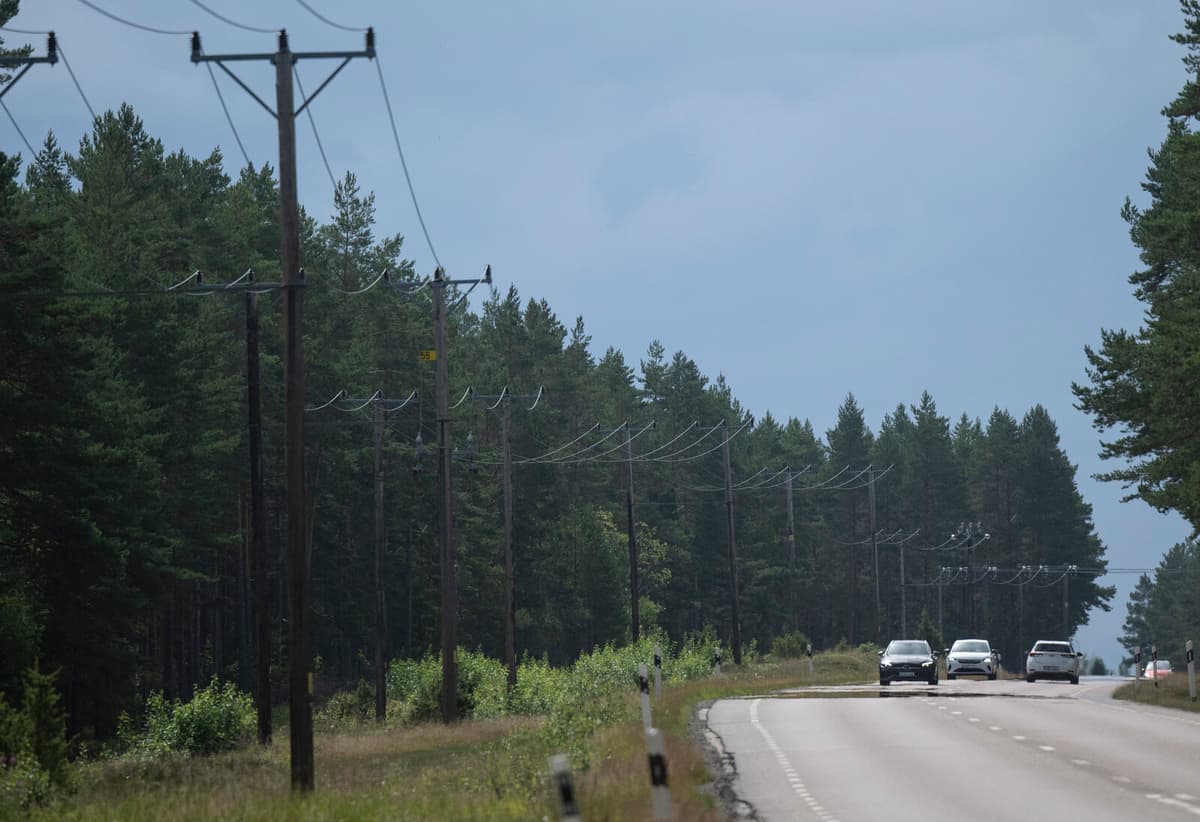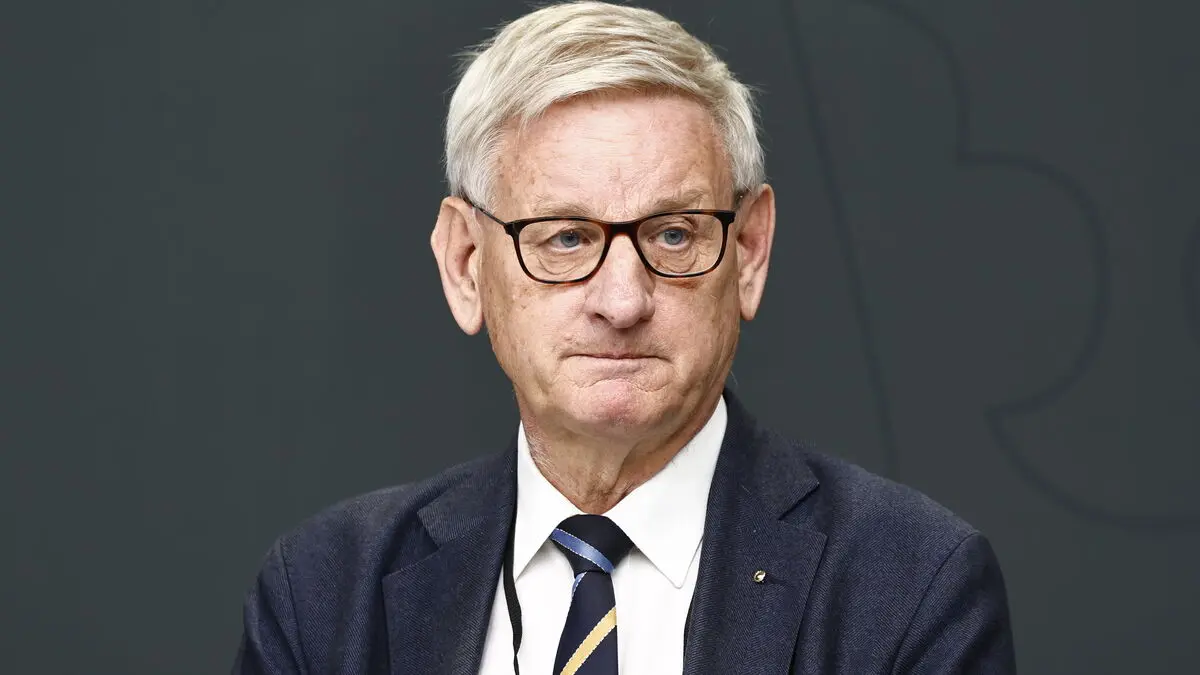The new model with so-called flow-based capacity calculation is intended to make electricity transmission smarter. It is to be introduced in the Nordic countries on October 29.
However, the model, which is intended to make electricity markets within the EU more harmonized, has been criticized by experts, producers, and consumers alike.
Now, Svenskt Näringsliv is also joining the criticism.
We think that the socioeconomic analyses are too inadequate. It has not really come out in the debate who this is good for and why, or what it means for Swedish households and companies, says Michelle Tun von Gyllenpalm, energy expert at the organization.
Competitive Advantage
Svenska kraftnät's own test run has shown that Sweden as a country will come out as a loser with higher electricity prices with the new model.
According to Michelle Tun von Gyllenpalm, it is important to achieve a smarter electricity transmission in the long run, with more integration with the rest of the EU. But in the current situation, she believes that it risks eliminating the important competitive advantage for Swedish industry that relatively cheaper electricity has been.
The more we connect, the more prices are evened out. At the EU level, it's good, but it comes at the expense of Swedish competitiveness, she says.
Svenskt Näringsliv now wants the Energy Markets Inspectorate to "take its responsibility" and examine whether Svenska kraftnät has made sufficient socioeconomic analyses before the introduction.
"Homework"
Michelle Tun von Gyllenpalm also thinks that Sweden should first demand that other EU countries increase their fossil-free production before the systems become more interconnected.
In the long run, this is good, but it builds on the fact that all countries do their homework first, she says.
Earlier, the industry organization Energiföretagen has also been strongly critical of the model, and recently, the Social Democrats demanded that the government pause the introduction of flow-based capacity calculation.
On October 29, 2024, a new so-called flow-based capacity calculation method for electricity transmission will be introduced in the Nordic countries.
It is intended to make the electricity market more efficient. It will also increase the possibility of trading electricity between different electricity areas and strengthen operational reliability.
The new model is a step towards harmonizing capacity calculation within the EU.
The decision to introduce the new method was made by the Energy Markets Inspectorate in 2020.
Source: Energy Markets Inspectorate






